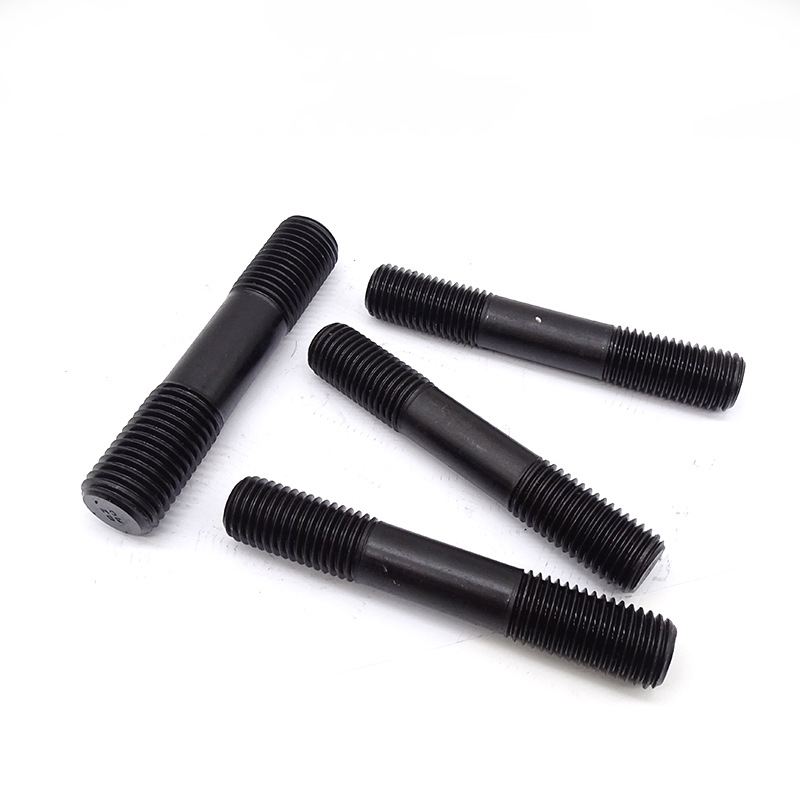

machined flat washers
Сен . 19, 2024 06:06 Back to list
machined flat washers
Understanding Machine Flat Washers A Comprehensive Overview
Machine flat washers are essential components in various mechanical and structural applications, providing a simple yet effective solution to several engineering challenges. These small, disc-shaped pieces are primarily used to distribute loads, reduce friction, and prevent wear, making them a vital element in many assemblies.
Understanding Machine Flat Washers A Comprehensive Overview
Additionally, machine flat washers help to reduce friction between the fastener and the surface it is being driven into. This reduction in friction can prevent galling, a situation where the surfaces of the fastener and the substrate can bind together, making it difficult to remove the fastener in the future. Furthermore, the use of washers can mitigate the potential for loosening over time due to vibration or thermal expansion, which can be particularly crucial in high-stress environments.
machined flat washers

Machine flat washers come in a variety of materials, including stainless steel, carbon steel, and plastic, allowing engineers to select the most suitable option for their specific application. Stainless steel washers are common due to their corrosion resistance, making them ideal for outdoor or moist environments. Conversely, plastic washers may be employed in applications where electrical insulation is necessary or where weight reduction is a priority.
In terms of design, machine flat washers are typically available in various sizes and thicknesses. When selecting a washer, it is essential to consider the diameter and thickness that best fits the fastener and the materials being joined. The wrong size can result in ineffective load distribution and potential failure of the assembly.
In conclusion, machine flat washers play a critical role in ensuring the stability and longevity of mechanical assemblies. By understanding their functions, materials, and proper selection criteria, engineers can optimize their designs for enhanced performance and reliability. Whether in automotive, aerospace, or construction applications, these unassuming components are key to successful engineering solutions.
Latest news
-
Premium Fasteners Manufacturer | AI-Driven Solutions
NewsAug.01,2025
-
Hot Dip Galvanized Bolts - Hebei Longze | High Strength, Corrosion Resistance
NewsAug.01,2025
-
High-Strength Hot Dip Galvanized Bolts - LongZe | Corrosion Resistance, Custom Sizes
NewsAug.01,2025
-
Best Self Tapping Screws for Drywall - Fast & Secure Installation
NewsJul.31,2025
-
High-Strength Hot Dip Galvanized Bolts-Hebei Longze|Corrosion Resistance&Customization
NewsJul.31,2025
-
Hot Dip Galvanized Bolts-Hebei Longze Metal Products|Corrosion Resistance&High Strength
NewsJul.31,2025

